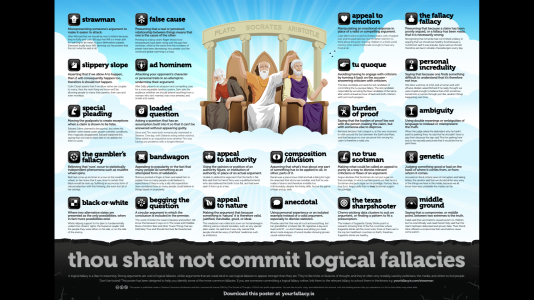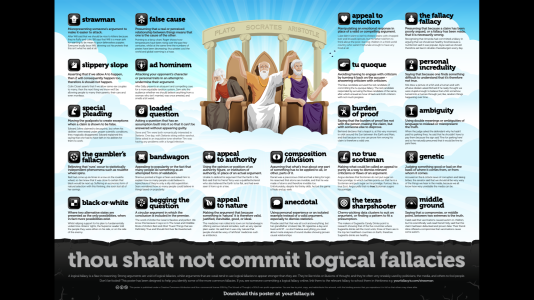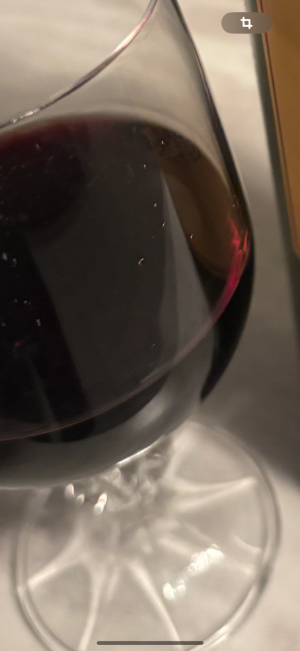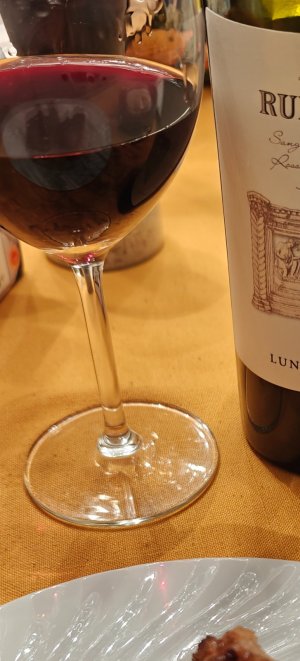Pse ku pat ju bote me sy qe te dini per civilizimin otoman gjysme shekulli

Ajo qe ju ka mesu ideologjia ateiste komuniste ka qene turku na ka pre masakru 500 vjete

kaq dini per Saudet! Jo vellaqko jane gjysme shekulli nese e dine matematiken

Jo rastesisht Zoti ia dha nderin araberve te jene populli me i nderuar ne bote per tia percjell mesaazhin qiellor krejt botes. Dhe jo rastesisht jane Otomanet qe sunduan boten me shekuj te tere.
Dhe thua ti me hashash si Edi kristaq Rama udheheqen ata 1/3 e botes? Hajde mendje hajde

E para para ottomane kishte romakët, grekët , egjiptianët sirianët mesapotia/ babilonezlt, dhe bizantët qlë dinnin matematikën aty plako dhe kur ottmanët i binin maces me lugë e dishin perandori. Ottomanl morën shkencën nga mbretëritë që ishin aty:
Thabit ibn Qurra, a Muslim mathematician, translated the works written by. Euclid, Archimedes, Apollonius, Ptolemy, and Eutocius.
Hellenistic times and in late antiquity, scientific learning in the eastern part of the Roman world was spread over a variety of centres, and Justinian’s closing of the pagan academies in Athens in 529 gave further impetus to this diffusion. An additional factor was the translation and study of Greek scientific and philosophical texts sponsored both by monastic centres of the various Christian churches in the Levant, Egypt, and Mesopotamia and by enlightened rulers of the Sāsānian dynasty in places like the medical school at Gondeshapur.
Also important were developments in India in the first few centuries ce. Although the decimal system for whole numbers was apparently not known to the Indian astronomer Aryabhata (born 476), it was used by his pupil Bhaskara I in 620, and by 670 the system had reached northern Mesopotamia, where the Nestorian bishop Severus Sebokht praised its Hindu inventors as discoverers of things more ingenious than those of the Greeks. Earlier, in the late 4th or early 5th century, the anonymous Hindu author of an astronomical handbook, the Surya Siddhanta, had tabulated the sine function (unknown in Greece) for every 33/4° of arc from 33/4° to 90°. (See South Asian mathematics.)
Key People:
Gladys West
Mary Cartwright
Isaac Newton
Galileo
Bertrand Russell
Related Topics:
analysis
probability theory
cryptology
computer science
percentage
Within this intellectual context the rapid expansion of Islam took place between the time of Muḥammad’s return to Mecca in 630 from his exile in Medina and the Muslim conquest of lands extending from Spain to the borders of China by 715. Not long afterward, Muslims began the acquisition of foreign learning, and, by the time of the caliph al-Manṣūr (died 775), such Indian and Persian astronomical material as the Brahma-sphuta-siddhanta and the Shah’s Tables had been translated into Arabic. The subsequent acquisition of Greek material was greatly advanced when the caliph al-Maʾmūn constructed a translation and research centre, the House of Wisdom, in Baghdad during his reign (813–833). Most of the translations were done from Greek and Syriac by Christian scholars, but the impetus and support for this activity came from Muslim patrons. These included not only the caliph but also wealthy individuals such as the three brothers known as the Banū Mūsā, whose treatises on geometry and mechanics formed an important part of the works studied in the Islamic world.
Of Euclid’s works the Elements, the Data, the Optics, the Phaenomena, and On Divisions were translated. Of Archimedes’ works only two—Sphere and Cylinder and Measurement of the Circle—are known to have been translated, but these were sufficient to stimulate independent researches from the 9th to the 15th century. On the other hand, virtually all of Apollonius’s works were translated, and of Diophantus and Menelaus one book each, the Arithmetica and the Sphaerica, respectively, were translated into Arabic. Finally, the translation of Ptolemy’s Almagest furnished important astronomical material.
Of the minor writings, Diocles’ treatise on mirrors, Theodosius’s Spherics, Pappus’s work on mechanics, Ptolemy’s Planisphaerium, and Hypsicles’ treatises on regular polyhedra (the so-called Books XIV and XV of Euclid’s Elements) were among those translated.
hābit ibn Qurrah (836–901), a Sabian from Ḥarrān in northern Mesopotamia, was an important translator and reviser of these Greek works. In addition to translating works of the major Greek mathematicians (for the Banū Mūsā, among others), he was a court physician. He also translated Nicomachus of Gerasa’s Arithmetic and discovered a beautiful rule for finding amicable numbers, a pair of numbers such that each number is the sum of the set of proper divisors of the other number. The investigation of such numbers formed a continuing tradition in Islam. Kamāl al-Dīn al-Fārisī (died c. 1320) gave the pair 17,926 and 18,416 as an example of Thābit’s rule, and in the 17th century Muḥammad Bāqir Yazdī gave the pair 9,363,584 and 9,437,056.
One scientist typical of the 9th century was Muḥammad ibn Mūsā al-Khwārizmī. Working in the House of Wisdom, he introduced Indian material in his astronomical works and also wrote an early book explaining Hindu arithmetic, the Book of Addition and Subtraction According to the Hindu Calculation. In another work, the Book of Restoring and Balancing, he provided a systematic introduction to algebra, including a theory of quadratic equations. Both works had important consequences for Islamic mathematics. Hindu Calculation began a tradition of arithmetic books that, by the middle of the next century, led to the invention of decimal fractions (complete with a decimal point), and Restoring and Balancing became the point of departure and model for later writers such as the Egyptian Abū Kāmil. Both books were translated into Latin, and Restoring and Balancing was the origin of the word algebra, from the Arabic word for “restoring” in its title (al-jabr). The Hindu Calculation, from a Latin form of the author’s name, algorismi, yielded the word algorithm.
Al-Khwārizmī’s algebra also served as a model for later writers in its application of arithmetic and algebra to the distribution of inheritances according to the complex requirements of Muslim religious law. This tradition of service to the Islamic faith was an enduring feature of mathematical work in Islam and one that, in the eyes of many, justified the study of secular learning. In the same category are al-Khwārizmī’s method of calculating the time of visibility of the new moon (which signals the beginning of the Muslim month) and the expositions by astronomers of methods for finding the direction to Mecca for the five daily prayers.
Mathematics - Islamic World, 8th-15th Century: In Hellenistic times and in late antiquity, scientific learning in the eastern part of the Roman world was spread over a variety of centres, and Justinian’s closing of the pagan academies in Athens in 529 gave further impetus to this diffusion. An...

www.britannica.com




